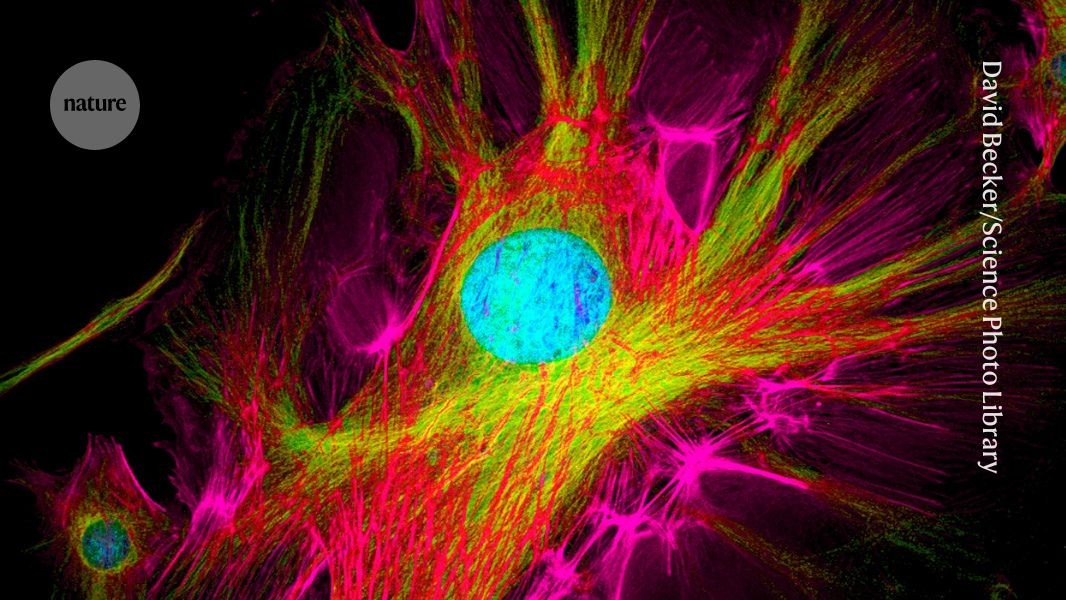
"Led by Xin Zhang, a chemist at Westlake University in Hangzhou, China, the team designed more than two dozen fluorescent proteins that differ not only by colour, but also in how much time they spend in their excited state - a property called the fluorescence lifetime. The researchers call these molecules time-resolved fluorescent proteins, or tr-FPs. Their findings were published online last month in Cell."
"When working with fluorescent dyes or proteins, researchers typically focus on two variables: the wavelength of light at which the molecules are stimulated to fluoresce, and the wavelengths at which they emit light - that is, their colour. By balancing those properties, researchers can distinguish between half a dozen or so fluorescently tagged molecules in the same sample. But there's more to fluorescence than colour, and scientists can now more easily use another property of fluorescent molecules"
More than two dozen fluorescent proteins were engineered to vary both their emission colour and fluorescence lifetime. These time-resolved fluorescent proteins (tr-FPs) provide a palette that allows selection of both colour and excited-state lifetime for imaging. Fluorescence lifetime differences permit distinguishing additional tagged molecules beyond spectral separation, expanding multiplexing capacity in microscopy. Conventional visible-spectrum limitations restrict simultaneous colours because emission spectra overlap. Tr-FPs therefore enable visualization of more proteins in the same sample by combining spectral and temporal discrimination. The palette supports mapping cellular processes alongside multiple fluorescent landmarks without requiring extra distinct emission wavelengths.
Read at Nature
Unable to calculate read time
Collection
[
|
...
]